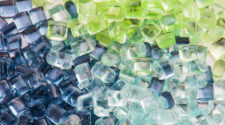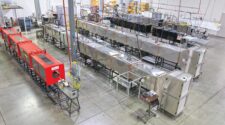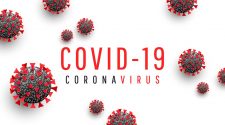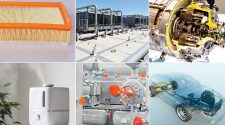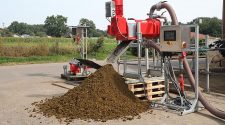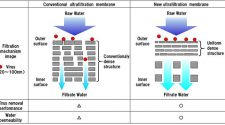Filtration is essential to health and many systems. To provide some historical perspective, it has been in place for thousands of years with many different media. Coatings and treatments have been around as an enhancement to filter media for much of that time. As the technologies have become more sophisticated, so too have filter coatings and treatments. While there are many reasons for these changes, technologies have evolved primarily to provide greater filtration efficiency to meet the increasing demands of air and liquid applications.
Traditional coating and treatment equipment used to functionalize filters include treatments that are aqueous, organic or solvent based. There are multiple long-established methods available to apply these coatings, including dip, spray, and knife over roll, as well as others. Many of these require cure steps or other potential processes depending on complexity of materials and application.
Dip coating is a simple, low-cost, reliable and reproducible method, which involves the deposition of a wet liquid film by immersion of the substrate into a solution. Spray coating is also a relatively unsophisticated, inexpensive, reliable and reproducible method, which involves spraying a liquid directly onto a filter substrate. Knife over roll coaters utilize a precision ground knife blade loaded against precision gap adjustment assemblies to form a gap between the coating knife and backing roll which is typically a precision steel roll to coat a substrate.
The importance of coatings and treatments
Coatings and treatments are an important aspect of filtration today because functionalization of filter media alters the product’s behavior and augments the media the filter is made from. As an example, these thin treatments are easily applied and render filters both repellent (hydrophobic & oleophobic) or hydrophilic (water attracting). These treatments can increase resistance to moisture and oils and improve dust cake release or conversely, hydrophilicity helps aqueous fluids move through a filter much more efficiently with less initial resistance. These technologies can be utilized independently or in conjunction with other technologies to create the desired effect.
These treatments could be mechanical; as an example singing or glazing make the surface of the filter smoother. ePTFE membranes or nanofibers could also be added to increase efficiencies while carbon or stainless-steel linters can be added to provide a grounded conductive path to reduce the risk of static discharge.
Plasma-based coating technologies are able to make all types of filters very hydro or oleophobic. These nano-coatings are capable of coating technical filtration media, including membranes through the entire thickness of the material and will not affect the pore structure.
While many of these traditional coatings are utilized for filtration, they are not as efficient or sustainable as newer coating technologies like plasma treatments. Plasma-based coating technologies are able to make all types of filters very hydro or oleophobic. These nano-coatings are capable of coating technical filtration media, including membranes through the entire thickness of the material and will not affect the pore structure. This technology also does not affect efficiency or pressure drop and can be charged to impart even greater efficiency, either via corona or hydro charging methods to create the most efficient air filtration electrets.
Supercritical fluid-based coating technology has many of the same attributes as plasma. It can coat very efficiently throughout the pore structure imparting all manner of functionality. However, instead of energizing chemistries to the fourth state of matter where it’s not a solid, liquid or gas, as seen in plasma processes, the fluid is compressed above its critical point where liquid and gas phases do not exist, but below the pressure required to compress it into a solid. CO2-based solvents are utilized in filtration to improve efficiencies and lower environmental impacts from the process. This technology is a batch process so there are limitations to production efficiencies.
Bonus ’Tech Talk’ Video
Learn More @ inda.org/education!
Coating and treatment technologies have impacted the COVID-19 pandemic response by compelling filter manufacturers to strive for materials that filter at ever higher efficiencies with no added pressure drop. Antimicrobial coating technologies have been utilized to augment filtration media to increase safety in use and in final handing in disposal. These coatings are molecularly bonded to the filter so there is no wash off, leachables or extractables so the job is done on and in the filter continuously.
The future trends for filter coatings is as vast as the imagination and very promising. With filtration media becoming more highly engineered, it appears that these technologies are extremely promising due to the high levels of innovation, value creation and environmental sustainably.
As director of education and technical affairs, Chris presents regular training related to nonwovens and filter media from INDA’s headquarters in Cary, NC. For more information about upcoming training opportunities, visit inda.org/education.
International Filtration News is owned by INDA, Association of the Nonwoven Fabrics Industry (inda.org).


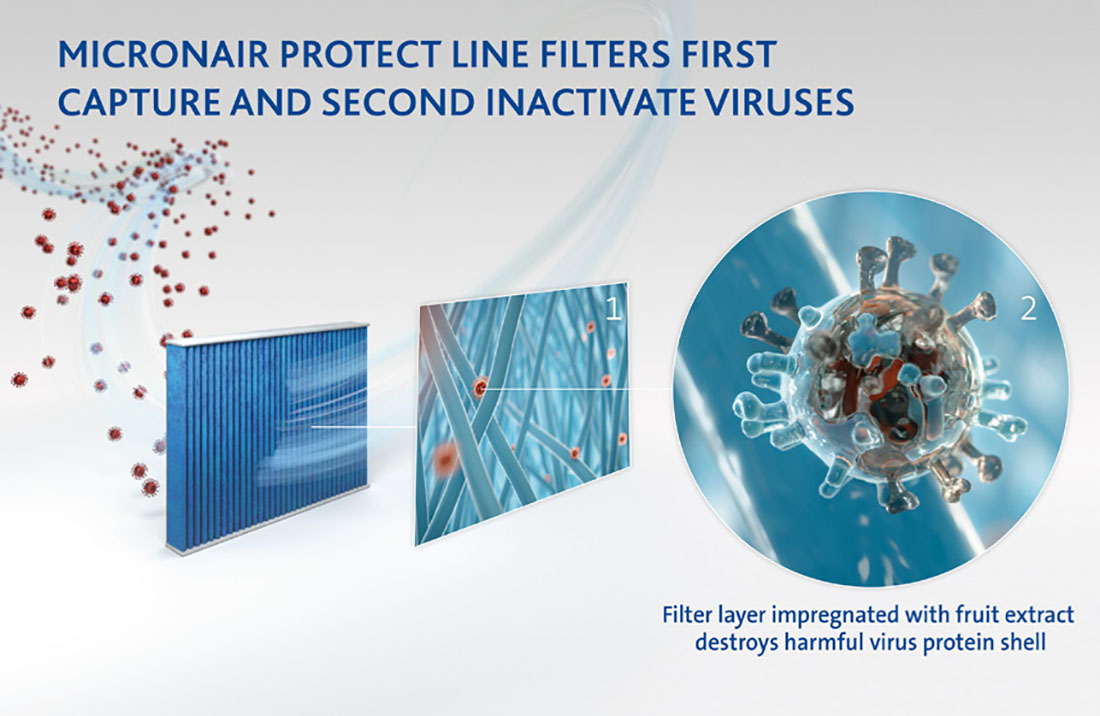
![Figure 1: Heat Exchanger Proventics GMBH.[22]](https://www.filtnews.com/wp-content/uploads/IFN_2_2024_crimpedmicrofiberyarns_Fig.-1-Heat-exchanger-225x125.jpg)

